On the morning of June 23 (Vietnam time), world crude oil prices increased by nearly 3% compared to the end of last week. Brent and WTI crude oil at one point jumped to 81.4 USD and 78.4 USD per barrel, respectively, the highest levels in the past 5 months. However, by the end of the session, prices had cooled down to 79.2 USD and 75.9 USD.
Since the conflict began escalating on June 13, Brent crude has risen 13%, while WTI crude has risen nearly 10%.
The rally was triggered by US President Donald Trump's announcement that Washington had "obliterated" Tehran's key nuclear facilities, a move that has caused tensions in the Middle East to escalate rapidly.
Iran is currently the third largest oil producer in the Organization of the Petroleum Exporting Countries (OPEC). The US move therefore raises concerns that Iran will retaliate by closing the Strait of Hormuz - through which about 20% of the global crude supply is transported.
According to Press TV, Iran's parliament has approved a plan to close the Strait of Hormuz, a shipping route that carries about 20% of the world's crude oil. Tehran has previously threatened to do so many times but has never officially activated this plan.
“The risk of disruption to the oil supply chain has increased dramatically,” June Goh, senior analyst at Sparta Commodities, told CNBC.
While there are some alternative pipeline routes, the blockade of Hormuz would prevent a significant portion of oil from being exported, she said, adding that many international shipping lines are starting to avoid the region due to escalating security risks.
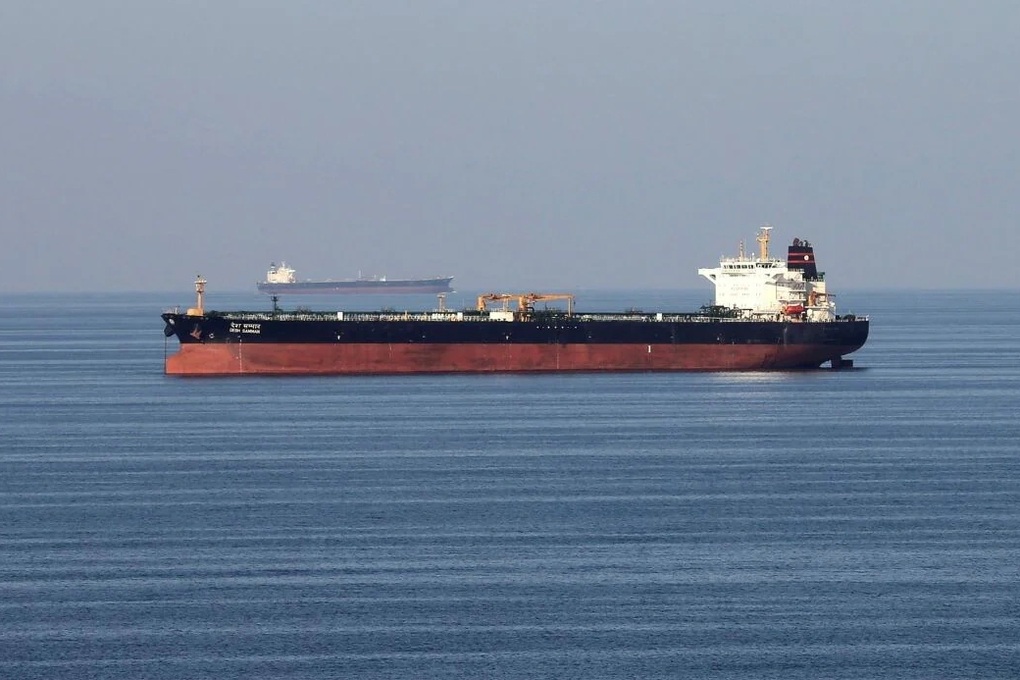
Iran is currently the third largest oil producer in OPEC (Photo: Reuters)
However, analysts say the rally is unlikely to last unless there are real disruptions to energy supplies. "Oil prices could correct due to profit-taking after the recent surge. Without a real change in supply, prices will find it difficult to maintain high levels," said Ole Hansen, commodity strategist at Saxo Bank.
Goldman Sachs warns that oil and gas prices could rise sharply in the coming period. Specifically, if oil flows through the Strait of Hormuz are halved within a month and continue to fall by 10% over the next 11 months, Brent crude could peak at $110/barrel, before cooling down and fluctuating around an average of $95/barrel in the fourth quarter of 2025.
If Iranian oil supply falls by 1.75 million barrels per day for six months and then gradually recovers, Brent prices are forecast to hit $90 per barrel before falling to around $60 in 2026.
If Iran’s output remains low for a long time, oil prices could still hit $90 but stabilize in the $70-80 range by 2026 as global inventories decline and spare capacity shrinks.
Still, Goldman Sachs said economic incentives, particularly from the US and China, would create pressure to prevent a prolonged disruption at Hormuz.
Geopolitical concerns also made the sentiment in Asian financial markets cautious. On the same morning, major indices plunged as investors tended to withdraw from risky assets. Nikkei 225 (Japan) fell 0.59%, Kospi (South Korea) fell 0.69%, while S&P/ASX 200 (Australia) lost 0.51%, Hang Seng (Hong Kong) fell 0.1%...
Source: https://dantri.com.vn/kinh-doanh/gia-dau-vot-len-ky-luc-sau-khi-my-nem-bom-iran-sap-toi-ra-sao-20250623104403321.htm



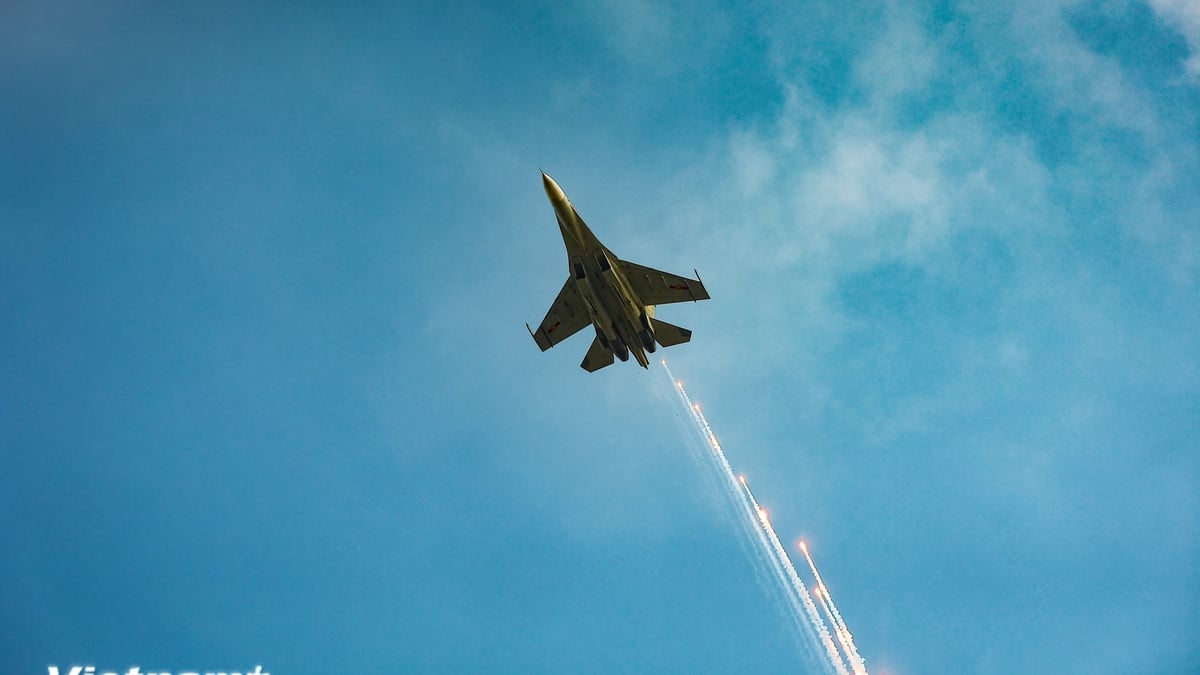


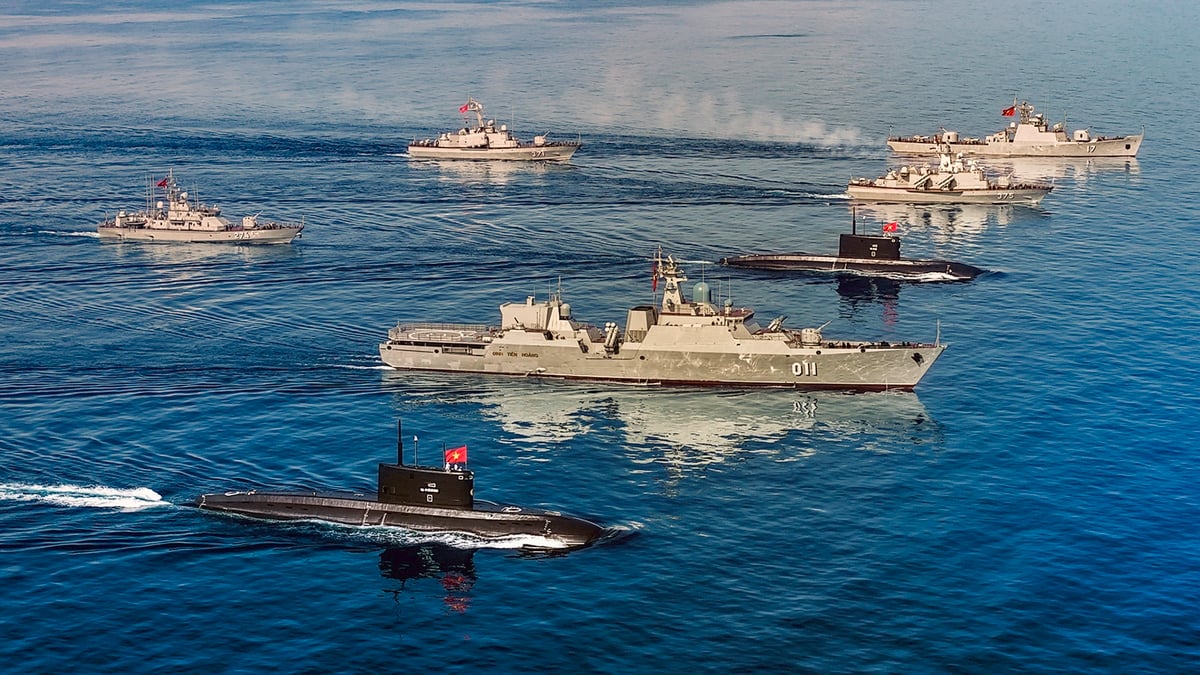

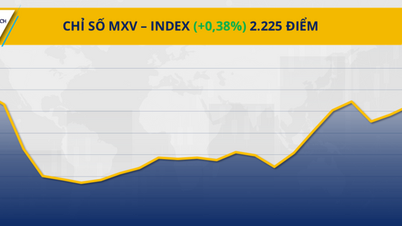



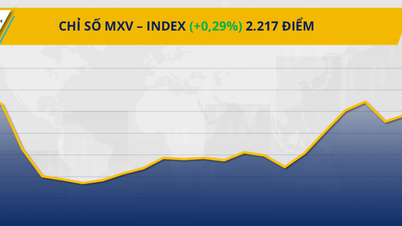
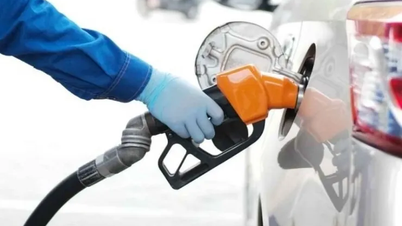

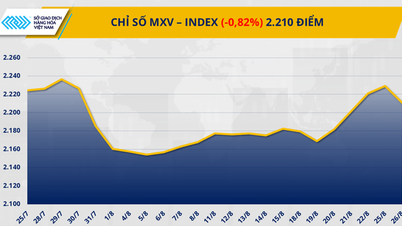




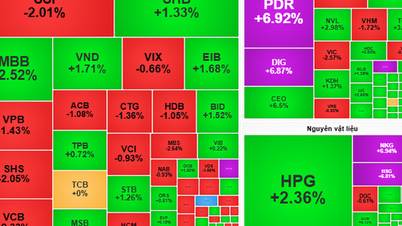






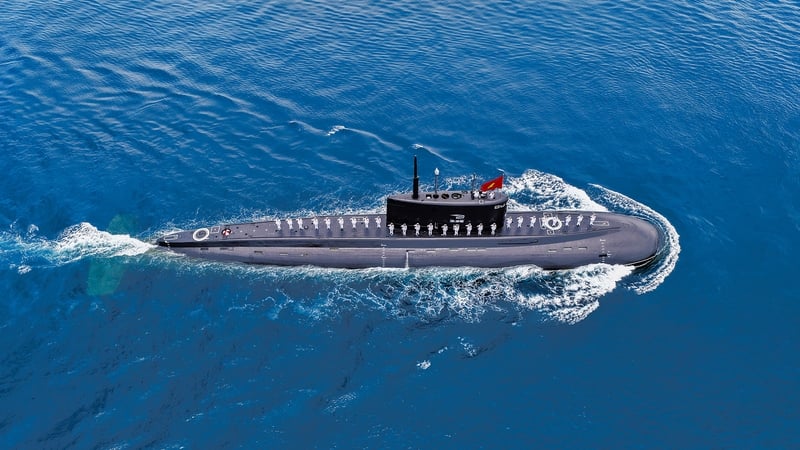


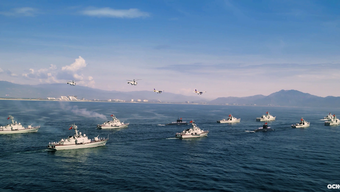




























![[VIDEO] Petrovietnam – 50 Years of Keeping the Heritage Torch, Building National Energy](https://vphoto.vietnam.vn/thumb/402x226/vietnam/resource/IMAGE/2025/9/3/3f5df73a4d394f2484f016fda7725e10)
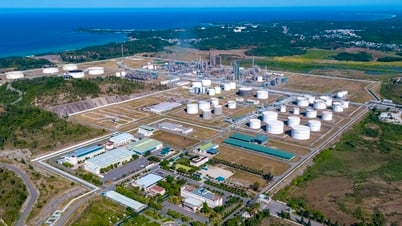




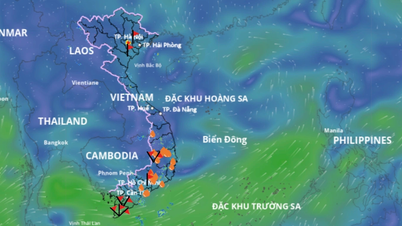




















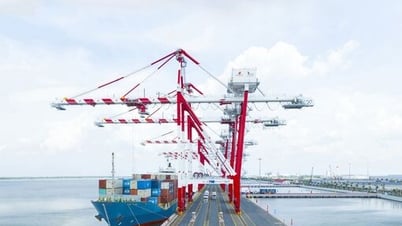













Comment (0)